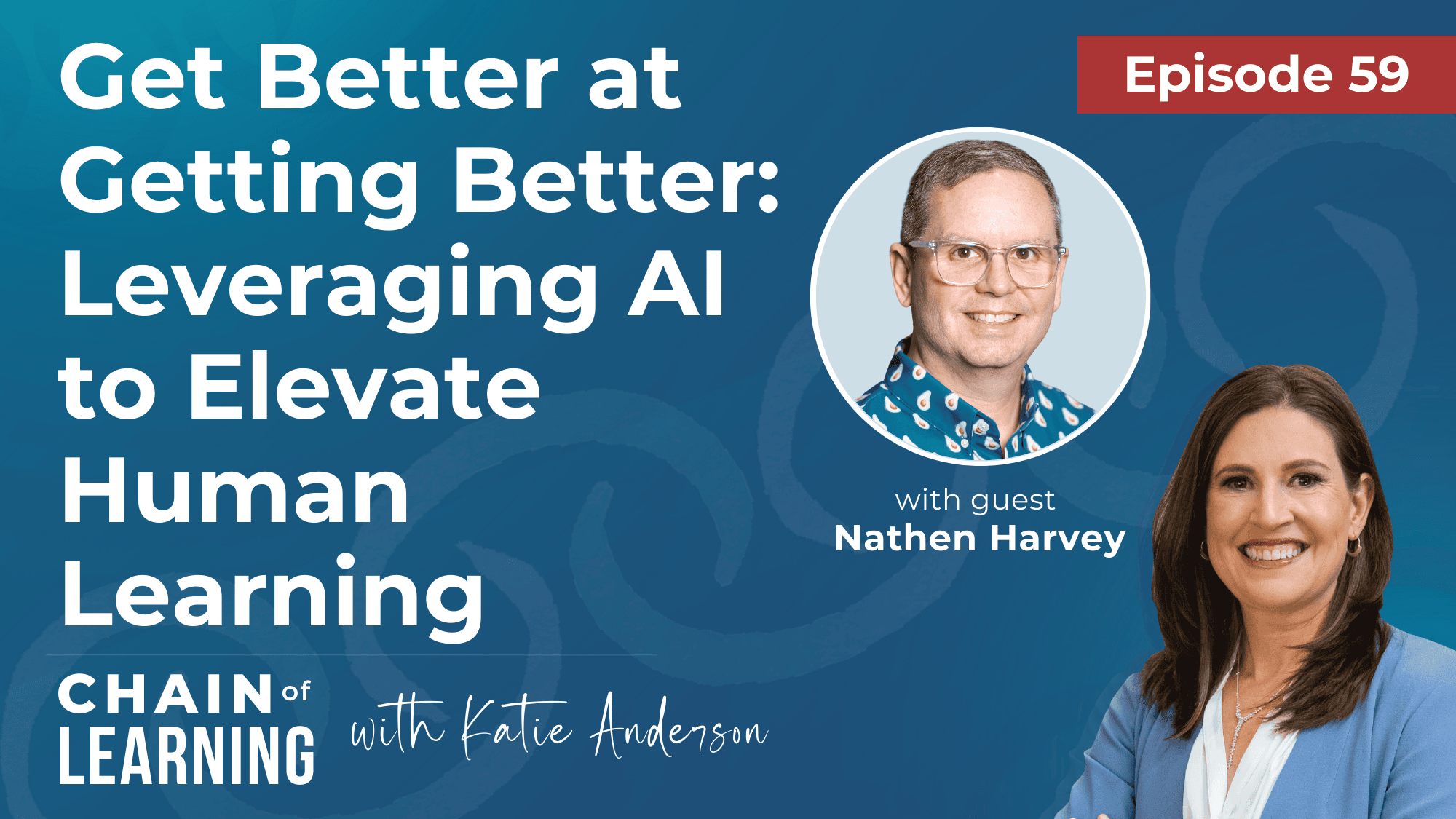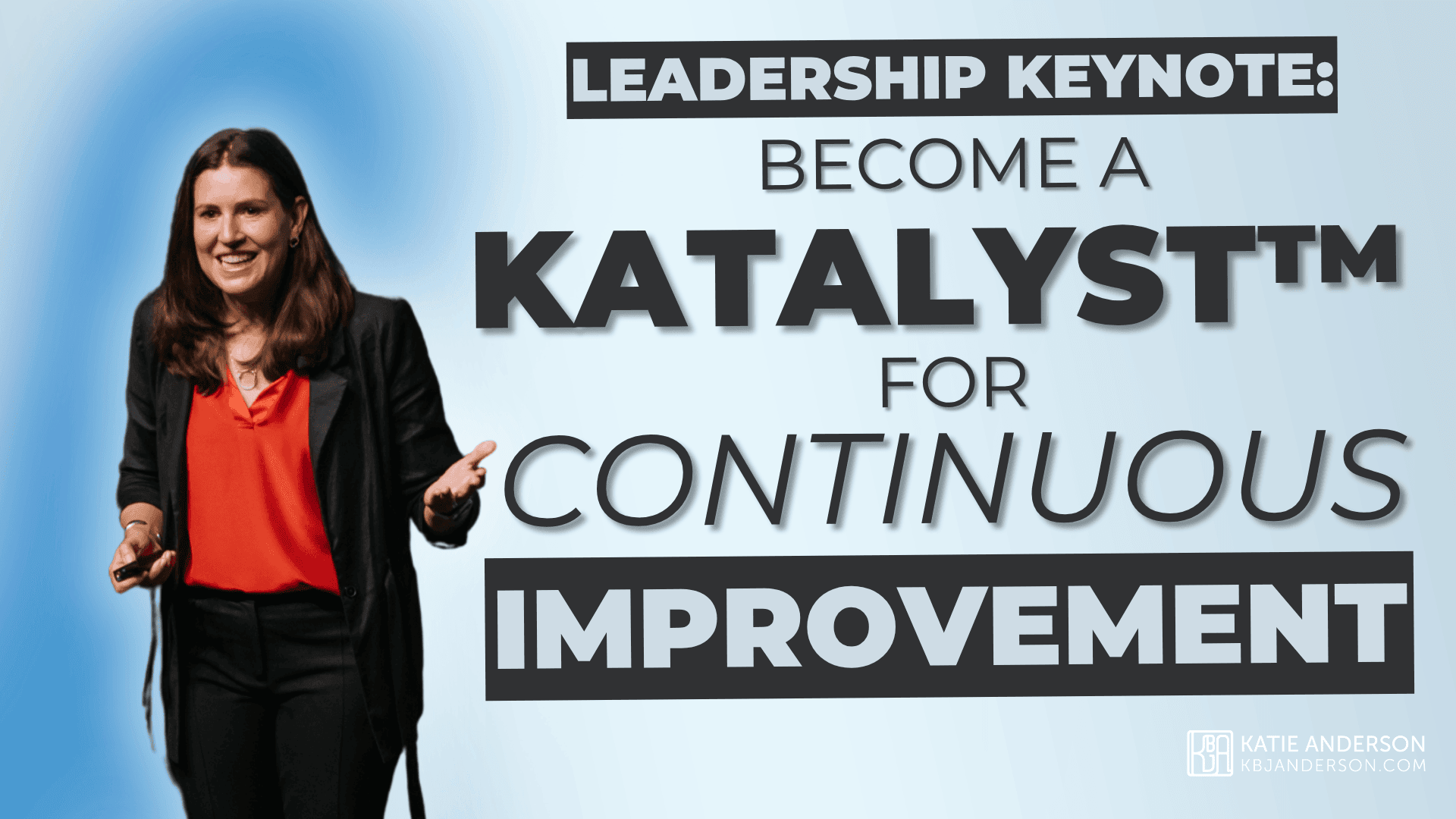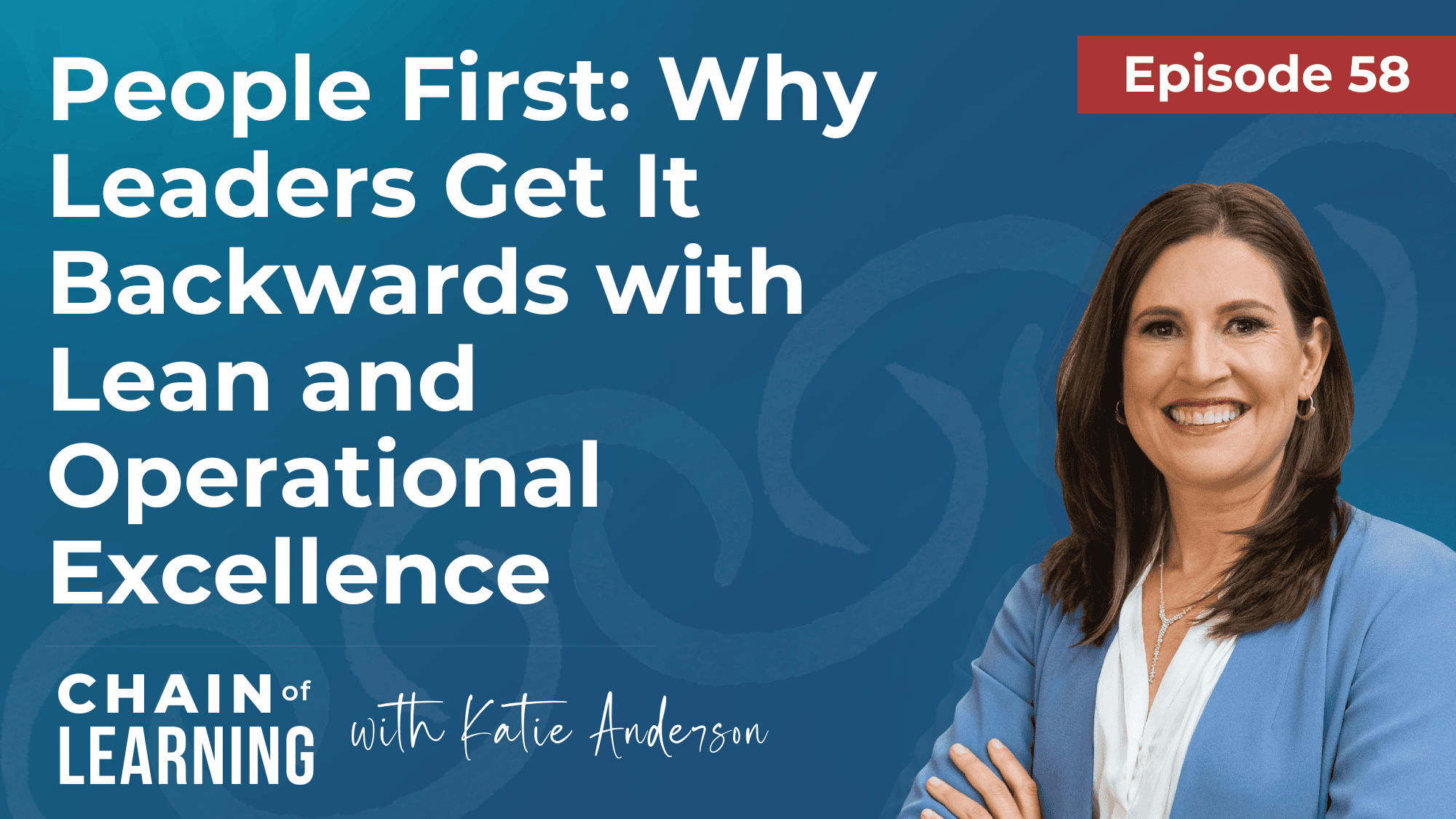It’s the beginning of another new year and a time when many of us reflect on the prior year and set intentions and goals for the next year.
I just returned from time away over the holidays, where I purposely gave myself permission not to do work and instead focus on being present and recharging my mind. Of course, my brain kept working in the background – especially thinking about the leadership book that Isao Yoshino and I are working on – and some reflections myself on the past year and the year to come.
What’s the different between setting an intention and setting a goal?
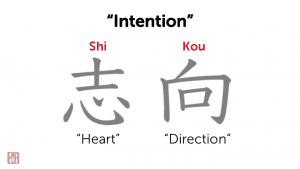 We often use the words “intention” and “goal” interchangeably, but they have subtly different meanings.
We often use the words “intention” and “goal” interchangeably, but they have subtly different meanings.
The word intention is meaningful to me – and it became even more meaning after moving to Japan and discovering that the kanji characters that make up the word intention originate from symbols representing heart and direction.
In reflecting on setting goals and setting intentions, the heart is the key element!
Heart versus mind is a key distinction between intentions and goals.
Intention is connected with the heart
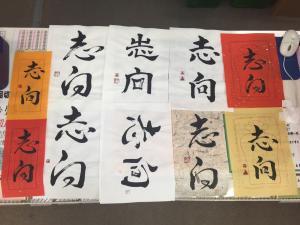
Intentions are connected with what is important inside of us. Our hearts, our passion, our purpose.
We may not have a clear vision of what the end point looks like or how we are going to get there.
Maybe our intention is more of an amorphous dream that we don’t yet know how to realize, but that we want to move towards.
Our intention is our “true north.” It is our anchor point. It guides us towards the vision and help us when we get off track to point ourselves back in the direction of our heart, dream, or purpose.
As our “true north,” intentions help us navigate through obstacles and challenges, and continue to reorient ourselves in the direction of what is important.
Goals are connected with the mind
Conversely, goals are more tangible. They have a more clearly defined end point or target. Goals are usually determined through reasoning, logic and analysis using our minds. They are measurable.
Goal setting is more of what we think of when we are doing Plan-Do-Study-Adjust Cycles or A3 Thinking.
We set a target and then analyze the root causes of the gap between where we are today and where we want to be (our goal). We can then set an action plan for how to get there.
Relationship between intentions and goals
As we all know, the best laid plans do not always result in achieving the goal or target. This is where our intention – our true north guide – comes in to help us get back on track.
An intention is more about who you want to BE. Goals are what you want to ACHIEVE. Your intention is the WHY, whereas goals can be the WHAT and HOW.
As I wrote when reflecting on my intentions for last year in the post “Live with Intention, Lead With Intention…”:
In addition to deciding WHAT you want to accomplish, you must also connect with WHY this goal is important and develop a defined process for HOW you will accomplish the goal.
We should have intention in how we live, how we lead, and how we show up each and every day in the choices we make. Connecting with our heart can help point us in the right direction.
Without a clear purpose or true north, there is not a guide to unify goals and actions.
After defining what is important, you can better define WHAT to do and HOW to do it. You can then create your plan or hoshin.
Intentions – a sense of purpose and direction, plus goals – clearly defined steps in that direction, are both important to set!
Intentions can also ground us in the moment
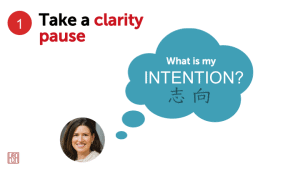 Intentions can also help us stay on track – even on the micro-level in every day actions.
Intentions can also help us stay on track – even on the micro-level in every day actions.
For example, as I shared in a talk “Getting out of the habit of telling” at the Lean Summit 2018 and in a recent webinar hosted by IEX, taking a brief pause to connect with my intention of who I wanted to BE (a coach who helps others think more deeply) helped me align my behaviors (WHAT I did – not interrupting, asking open ended questions) and ultimately create better habits in the direction of what was important to me.
Visual reminders also keep us grounded
As most of you know, I love Japanese daruma dolls. Some might say I’m a bit obsessed.
Making one’s intention or goals visual by declaring them on a daruma doll can be another way to keep them front of mind.
Resources on intentions and goal setting
You may be interested in some other articles and posts I’ve written on the topic of setting intentions and goals such as:
Live with Intention, Lead with Intention: Intentions and Goal Setting for 2018
Toyota Leadership Lessons: Part 10 – Practice Personal Hoshin Kanri or Goal Setting
https://kbjanderson.com/coaching-for-improvement-using-a3-thinking-for-personal-development-part-1-overview-from-lean-coaching-summit/
What are your intentions and goals?
How are you thinking about your intentions and goals for this coming year?
What is your anchor point? And what are the steps you are going to take towards getting there?
 Join me in Japan!
Join me in Japan!
If one of your dreams and learning goals has been to travel to Japan to learn about the kaizen mindset, and how many Japanese companies – at Toyota and beyond – focus on people development and customer service, join me on an upcoming Japan Study Trip!
Next open-enrollment trip is in May 2019. Click here for more info on the trip and how to register.


 Join me in Japan!
Join me in Japan!




